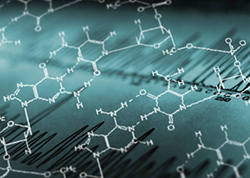Black Mold Do It Yourself? Are You Really Ready to Undertake It?
You’ve just discovered a patch of fungi that looks suspiciously like black mold in your home or business. Its ability to multiply rapidly means you have to take immediate action to avoid health dangers such as upper respiratory illnesses.
If the infestation is on a non-porous surface, you might attempt a course of do-it-yourself mold treatment. Here are some tips to make removal more effective.
Safety First
Mask off the affected area with plastic sheeting to prevent spores from dispersing further into the home or building. Protect yourself by wearing a dust mask, gloves and goggles.
Bleach Method
Fill one spray bottle with a mixture of eight ounces of bleach to one gallon of water and another with clear, warm water. Saturate the mold patch with the bleach solution, using paper towels or rags to scrub the area. Change scrubbing cloths frequently and dispose of them immediately in a plastic garbage bag. Rinse the area well with the clear water.
Natural Mold Removal Solutions
- Tea tree oil or grapefruit seed extract can be mixed with water and applied to the mold without rinsing.
- Spray undiluted vinegar onto the infestation, allowing it to set without rinsing.
- Scrub the area with a mixture of baking soda and water. This method is a good follow-up to the vinegar treatment.
Post-Treatment Cleanup
Vacuum the affected area and dispose of the filters in a garbage bag with any soiled cloths. Wash your clothes immediately.
In most cases, it’s best not to take any chances with mold. Let our trained technicians provide effective mold treatment and cleanup with a minimum of inconvenience to you and your family or employees.

